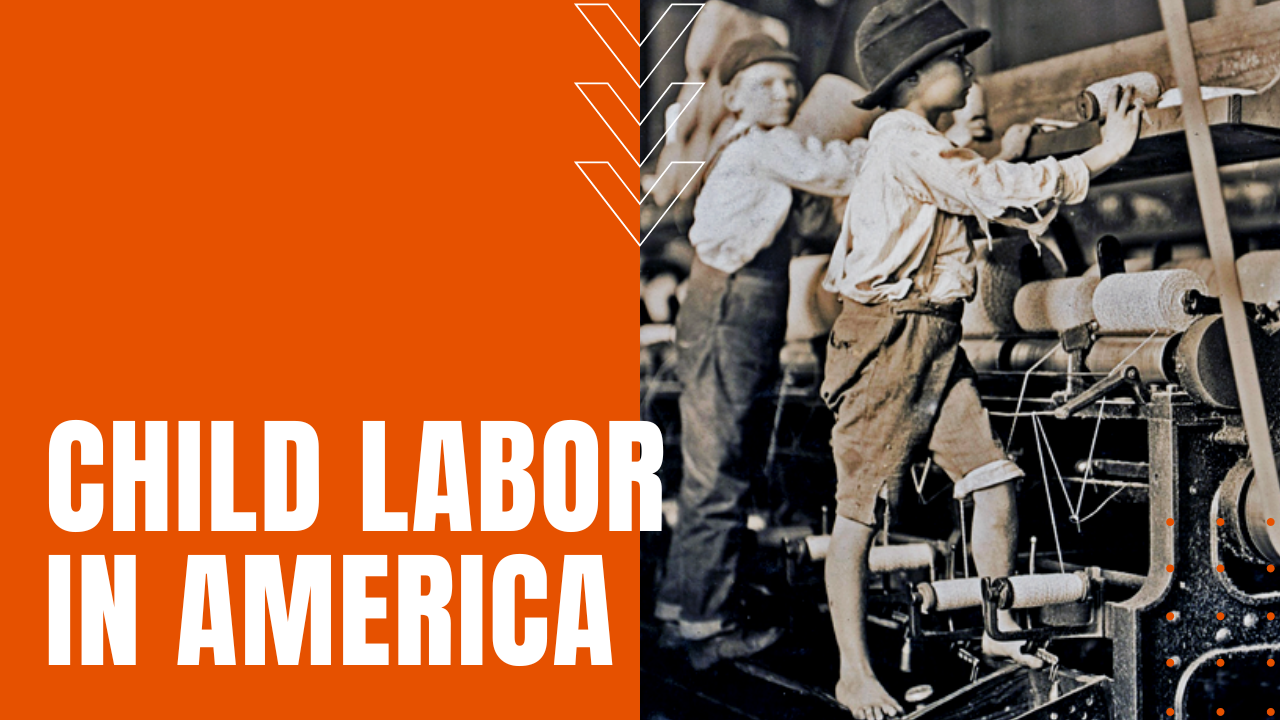Child Labor in America

During colonial times through the first half of the 19th century, child labor was an important part of agriculture and the handicraft economies of the time, employing children on family farms or as indentured servants, while young boys entering the trades began apprenticeships by age ten to fourteen.
Industrial Revolution and Immigration
When the Industrial Revolution in America witnessed the rise of factories, children became ideal candidates for a variety of reasons, including less wages and almost no ability to organize into labor unions.
As immigration into the United States increased in the 19th and early 20th centuries, children under the age of 16 became an increasingly important resource for profit-hungry business owners, growing to 18% of the American labor force by 1900.
By the mid-nineteenth century, educational reformers began a concerted pushback against child labor practices, impressing upon the American public that proper education was a dire necessity if the nation was to prosper as a whole.
The Progressive Era
During the late 19th and early 20th centuries, Progressive Era reformers made the end of child labor an important part of their cause. After the National Child Labor Committee was organized in 1904, reformers employed an array of tactics to increase public awareness regarding the filthy, oftentimes hazardous conditions experienced by child laborers.
Investigations by experts, the use of photography to spark public outrage, persuasive congressional lobbying campaigns and mass mailings to the public at large were deployed. A constitutional amendment was passed by Congress in 1924, however, state pushback—particularly among the Southern states—killed any chance for ratification.
The Great Depression and Child Labor Standards
The end finally came when the Great Depression left thousands of adult Americans without jobs, leading to FDR’s sweeping New Deal reforms, which in effect removed children from the workforce. In 1938, the Fair Labor Standards Act set a national minimum wage for the first time in American history, at the same time limiting worker hours and making the use of children under sixteen years of age illegal in manufacturing and mining.
Individual states also began increasing the number of years of schooling required for certain jobs, while lengthening the school year and strictly enforcing truancy laws, making child labor, a disgraceful yet bygone era in American history.
